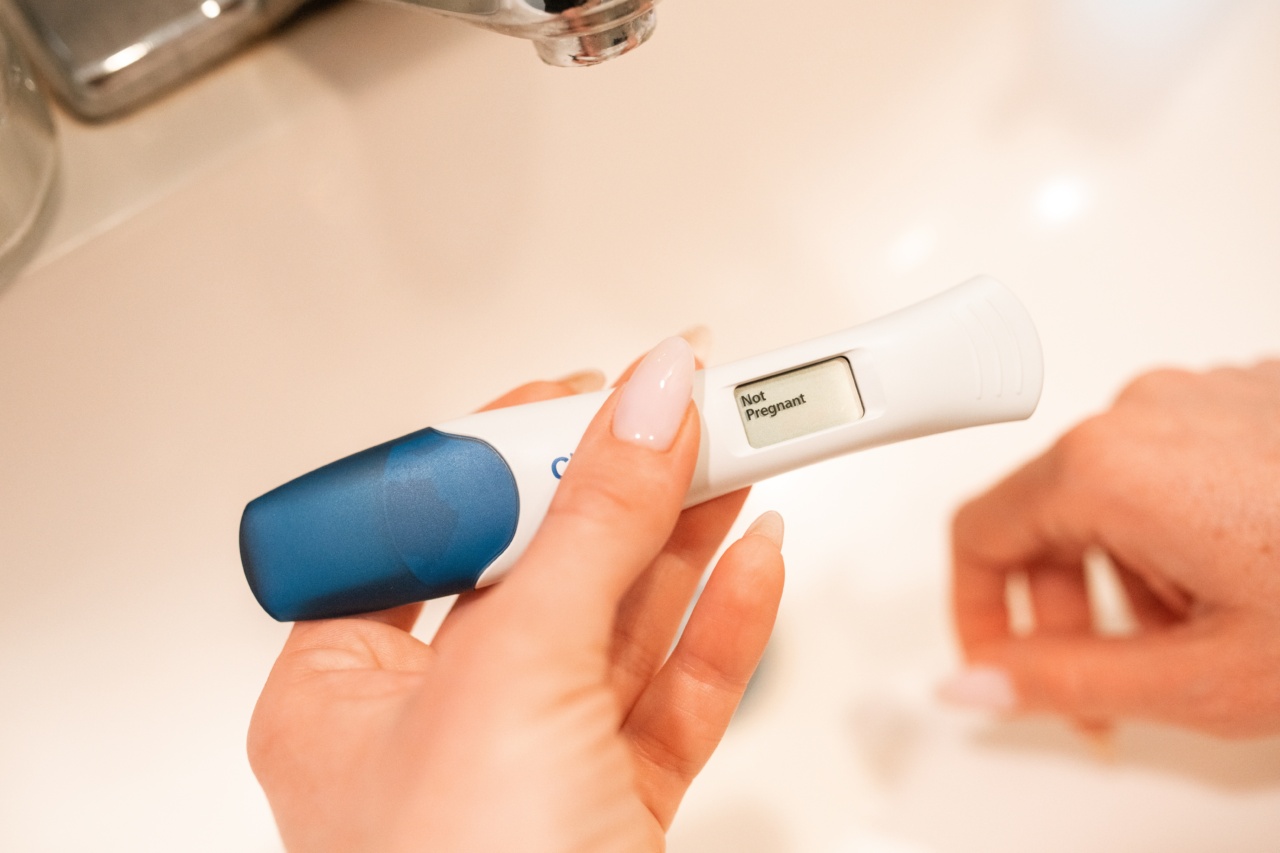During pregnancy, expecting parents are often filled with curiosity and excitement about the gender of their baby.
While the most accurate way to determine the baby’s sex is through ultrasound or genetic testing, some believe that certain factors, including the mother’s blood pressure, could offer clues about the baby’s gender. In this article, we will explore the connection between a mother’s blood pressure during pregnancy and the determination of her baby’s sex.
Understanding Blood Pressure
Before delving into the topic at hand, it is essential to comprehend what blood pressure actually is. Blood pressure refers to the force exerted by circulating blood against the walls of blood vessels, primarily in the arteries.
It is typically measured using two values: systolic pressure (the higher number) and diastolic pressure (the lower number). Both these readings are expressed in millimeters of mercury (mmHg).
Factors Affecting Blood Pressure During Pregnancy
Pregnancy brings about numerous physiological changes in a woman’s body, including fluctuations in blood pressure. Several factors can influence blood pressure levels during pregnancy, such as:.
- Increased blood volume: Throughout pregnancy, a woman’s blood volume progressively rises to support the growing fetus, resulting in higher blood pressure.
- Hormonal changes: Pregnancy hormones, specifically progesterone, can cause blood vessels to relax, leading to lower blood pressure in early pregnancy. However, as pregnancy advances, blood pressure tends to rise again.
- Gestational age: Blood pressure often varies depending on the gestational age of the pregnancy. High blood pressure is more common in the later stages of pregnancy.
- Pre-existing conditions: Women with pre-existing conditions like hypertension may experience further fluctuations in blood pressure throughout pregnancy.
- Stress and anxiety: Emotional factors, including stress and anxiety, can temporarily elevate blood pressure levels.
Theories Linking Blood Pressure and Baby’s Gender
Despite the lack of scientific evidence, some popular theories suggest that a correlation exists between a mother’s blood pressure during pregnancy and the sex of the baby.
These theories are based on observational studies and anecdotal experiences. Let’s explore a few of them:.
The High/Low Blood Pressure Theory
One prevailing theory proposes that high blood pressure during pregnancy may indicate the conception of a male baby, while low blood pressure may suggest a female baby.
The rationale behind this theory is unclear, and it lacks substantial scientific backing.
The Blood Flow Theory
This theory suggests that blood flow to the uterus and placenta differs between male and female fetuses, subsequently impacting the mother’s blood pressure.
It is believed that females may have a higher blood flow, leading to lower blood pressure, while males have a comparatively lower blood flow, resulting in higher blood pressure. However, this theory lacks conclusive evidence.
The Importance of Scientific Evidence
While there is no scientific consensus supporting the connection between a mother’s blood pressure during pregnancy and the baby’s gender, it is crucial to rely on accurate diagnostic methods.
Ultrasound examinations, typically performed between 18 and 20 weeks of gestation, provide a highly reliable determination of the baby’s sex.
It is essential to remember that blood pressure is a vital aspect of prenatal care. Monitoring blood pressure throughout pregnancy is primarily done to identify and manage potential complications such as gestational hypertension and preeclampsia.
However, it is not intended as a method for predicting or determining the baby’s sex.
Conclusion
The desire to predict a baby’s gender is natural for many expecting parents. However, using a mother’s blood pressure as an indicator of the baby’s sex is not scientifically proven and should not be relied upon as an accurate method.
The most reliable means of determining a baby’s sex remain ultrasound and genetic testing.































